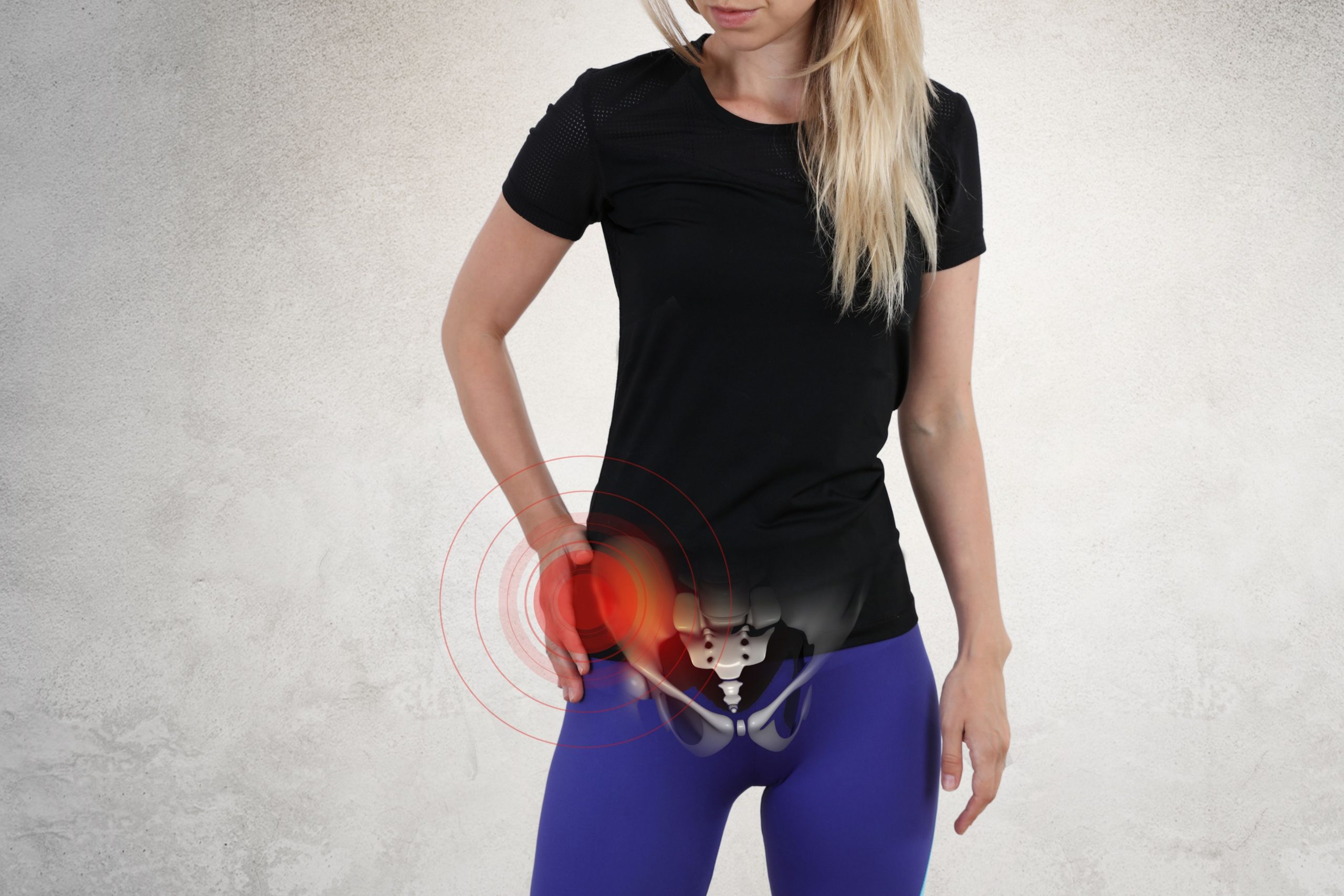
Hip flexor spasm: causes, symptoms and treatment
Hip flexor pain is one of those conditions that affects both people who are very physically active and people who participate in minimal physical activity. If you’re experiencing hip pain and wondering if you might have over or underdone it, read on to learn about the common causes and symptoms of hip flexor spasms, and what can be done about them.
What causes hip flexor spasms?
The group of muscles that allow you to lift your knee to your chest and bend at the waist are collectively known as your hip flexors. The two main muscles in this group are the iliopsoas and the rectus femoris. These muscles and their tendons can be strained by overuse, particularly with regular squats or by deadlifting heavy weights.
However, people who sit for long periods of time are also prone to hip flexor spasms. This is because prolonged inactivity in a seated position can cause the muscles to weaken and shorten.
The iliopsoas, or deep hip flexor, is usually involved when hip flexor spasms are experienced.
What are the symptoms of hip flexor spasms?
During a spasm, you will usually experience pain in both your hip and your back. The pain will often come on very suddenly, and you will likely feel spasms in your hip or thigh. Your hip may feel tender to the touch. The pain will increase if you stretch your hip flexor muscles or move your knee towards your chest.
Hip flexor pain can make running or walking difficult and can also limit your mobility. Bending to touch your toes or to put on shoes may be very painful.
Problems with your hip flexor muscles can range from mild to severe, but in all cases, if left untreated the issue can get worse.
What treatment is available?
A good starting point for hip flexor pain is to release the tight or shortened muscles. To stretch your hip flexors and encourage them to lengthen, lie on your back with your knees bent and the lower half of your pelvis lifted on a foam roller. Hold that position for 2 – 3 minutes and allow gravity to do the work. Not sure how to do this exercise properly, or don’t have the right equipment? Don’t worry, we can help!
As well as helping you to release your muscles, the key to chiropractic treatment for hip flexor spasms is core stabilisation and strengthening, along with lower back mobilisation to improve overall movement.
You might also find that going for frequent, gentle walks help to relieve the pain. You can also applying an ice/heat pack to soothe spasms when they occur. We recommend checking with us which is appropriate during your next appointment.
To prevent damage to your hip flexor muscles in the future, take regular breaks if you are sitting down for long periods. You can do this by stretching your legs and going for a quick walk. Make sure you stretch your hip muscles before and after you exercise. If you are lifting weights, make sure you build up the weight gradually so you don’t jump in the deep end too soon!
If you’re experiencing pain in your hip, give us a call on (02) 9523 9940. We’ll help to find out what might be causing it and how we can help.
